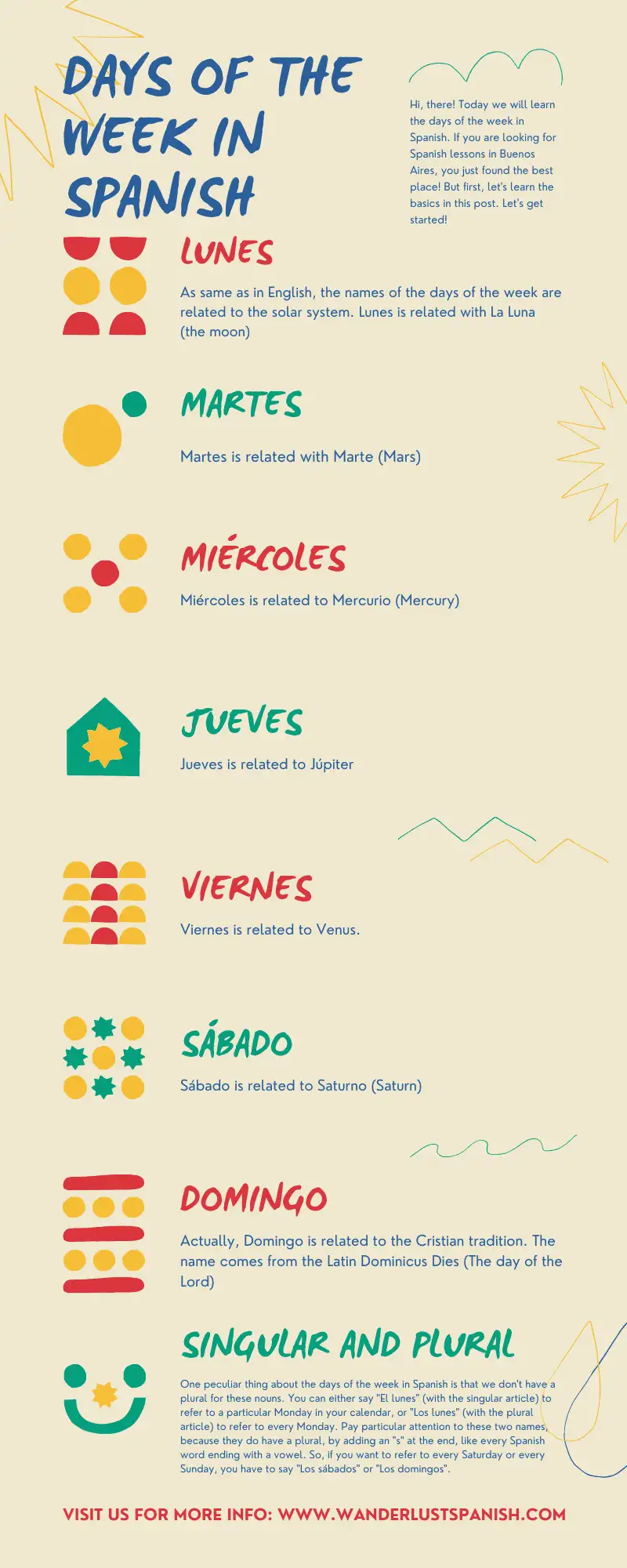Hello, Spanish speaking lovers! In this article, we’ll talk about the verb to be in Spanish: all you need to know. I’m glad to see you again ready to learn and explore more about this fascinating language!
Learn Spanish with natives speakers
To Be Or Not To Be: That’s The Question
Contents
Shakespeare never even dreamt of his famous monologue as a tool for Spanish grammar. Like, not even remotely. However, here we go again and the question remains: What’s up with the verb “to be”? Why is there always trouble with you? Like Hamlet, this verb is a drama queen. When I say it, I mean it. In English, you can use it for everything (well, actually, we do!) but it’s irregular as our weather!
This verb appears in so many songs (“I am the walrus”, “And she was”, “The Queen is dead”) and they all mean differently, that’s the magic of the verb (and also, its headaches!). Why do I tell you this? It’s not to scare you, of course not. It’s just to pay attention to the differences and refresh some of the English language we are used to. As we know, we cannot expect Spanish to be a perfect translation from English, it has its own perks and tweaks. Let’s see them, shall we? Keep on reading, amigues!

Verb To Be in Spanish: The Impossible Dream
Enough with the small talk and let’s cut it to the chase. How can we say “to be” in Spanish? “To be” in Spanish means both two verbs: “ser” and “estar”. What!? Say what again? How can people differentiate them? Or even in translations? Okay, easy fellas. We’ll spot the differences, no worries. You can also check some common mistakes in Spanish here, so you won’t get freaked out all the time.
Imagine someone introducing themselves, like in this conversation:
Juan: -Hi, who are you?
Ana: -Hi, I am Ana.
Spanish version:
Juan: -Hola, ¿quién sos?
Ana: -Hola, soy Ana.
Here, the chosen meaning of to be is “ser”. “Ser” is related to the being, to an inner force inside of all of us. It is something that we carry no matter where we are, like our names, feelings, professions.
However, “to be” in Spanish also means “estar”. Let’s check it here:
Juan: -Hey, how are you?
Ana: -Hi, I am very sad.
Spanish version:
Juan: -Hey, ¿cómo estás?
Ana: -Hola, estoy muy triste.
“Estoy” is the present tense conjugation for the first person singular of “estar”, which is also a very irregular verb. “Estar” can be found in temporary activities, not something that defines who you are. Being sad is a state, it’s not something that lasts forever (we hope so!).
To be in Spanish: FAQ
- How to say To be in Spanish?
In Spanish, “to be” means two verbs: “ser” and “estar”. We use them for different purposes, for example, “ser” as a way of stating who you are and “estar” for temporary activities.

To Study Spanish
Curious to study more Spanish? Why don’t you try our free Spanish lessons at Wanderlust Spanish? Even better, check our Instagram where we post Spanish grammar data on Tuesdays!









